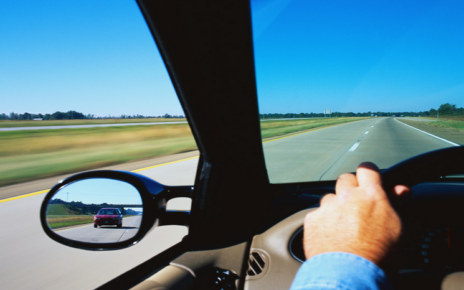Americans use their credit and debit cards for everything — even small purchases, such as a $2 soft drink at the gas station or a $5 sandwich. You may have noticed that some merchants (always independently owned) have a sign at the register that says there is a minimum purchase for credit card payments. It is usually just $3 o r $5; this is to help them recoup the costs of the interchange fee they have to pay for each credit card transaction they process. If the purchase is too small, a large percentage of it is eaten up by that fee. The practice of requiring a minimum purchase is actually not permitted by Visa and MasterCard, but they usually don’t bother to enforce it. Most of us just suck it up and add on another small item to hit the minimum. It’s not too crippling.
But two summers ago, I learned that credit card minimums are sometimes more significant in different parts of the world. I was in Paris by myself for three nights, and on my last night, I wanted to stroll by the Eiffel Tower one last time. It was lit up a beautiful blue, and when I noticed a cute cafe with a stunning view of the tower, I decided I had to enjoy a late-night snack there. I had used up the last of my cash that day since I was leaving for the States in the morning, but I saw that they accepted credit cards, so I thought I was good to go.
I ordered a bowl of mediocre soup that cost 8 euro (I should have known better; it was a tourist trap). When the waiter gave me the bill, I handed him my credit card. He said they have a 15 euro credit card minimum. Say what? At the time, that was the same as just over $22 US dollars. I told him I only had a few euros in coins, and he shrugged and walked off. What’s a clueless American with no cash to do?
When he came back, I asked him if there were any nearby ATMs. Fortunately there was one a few blocks away, so he let me walk over there, get some cash, and then come back to pay the bill. I had to use an ATM machine that was outside of my bank’s network, so I spent several more euros on that ATM fee.
Moral of the story? In some places in Europe, they really don’t want to deal with the interchange fee for credit cards, so the minimum purchase for plastic is sky-high. Always carry at least 20 euro in cash with you in case you run into a situation like this (though it’s wise to always have some emergency cash on you). Remember, if you end up with extra currency at the end of the trip, it’s not the end of the world — you can have it exchanged back to dollars once you get home, or you can even save it for your next adventure. You may also want to avoid restaurants right in the middle of tourst areas like the one I described; they overcharge and the food usually is not spectacular. Lessons learned!
Have you ever experienced this problem when traveling?



